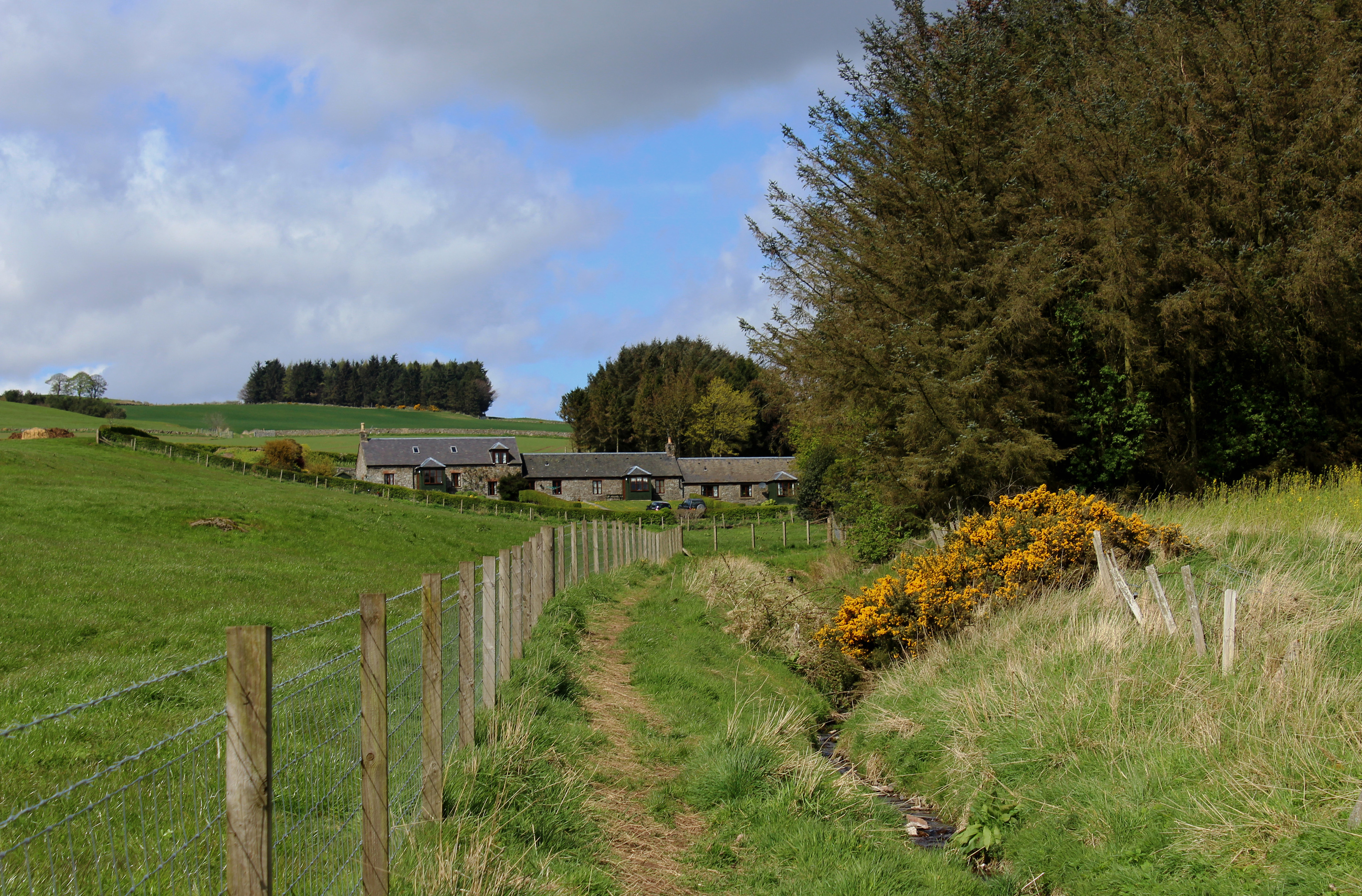Scottish farm workers will not receive their annual pay review this year, the Scottish Agricultural Wages Board (SAWB) has announced.
However, both employers and employees have been reminded that the minimum rate of pay for agricultural workers cannot fall below either the national minimum wage (NMW) or the national living wage (NLW).
Landowners’ organisation, Scottish Land and Estates (SLE) and NFU Scotland (NFUS) welcomed the decision to delay negotiations and used the opportunity to repeat their call for the abolition of the SAWB.
The SAWB took the decision to delay its annual wage negotiations until later in the year in order to align it with the new time frame for the NMW and NLW changes. It means a new Agricultural Wages Order will be published in April 2017.
With effect from October 1, the NMW for all workers aged up to and including 24 years of age – and in the first 26 weeks of employment – will rise from its current level of £6.70 per hour to £6.95 per hour. That means, in effect, that there will be a new minimum agricultural wage rate from that date.
In a joint statement Katy Dickson, senior policy officer at SLE and NFUS chief executive Scott Walker said that while the Scottish Agricultural Wages Board used to serve a valuable purpose, it was now no longer required.
“It is an unnecessary extra layer of bureaucracy, which can lead to confusion for both employers and employees,” the statement said.
“SLE and NFUS fully support employees being well paid and offered good working conditions. With the introduction of the new National Living Wage there is no longer a need for agriculture to be singled out as the only industry with a Board that sets minimum rates of pay.
“Discussions on rates of pay are best left to individual employers and the employees that work for them. These talks can then properly take into account the differing conditions which operate in different farming enterprises and different businesses.”
From October 1, minimum rates of pay for agricultural workers are: Workers aged up to and including 24 years of age – £6.95 per hour for the first 26 weeks; workers aged 25 and over – £7.20 per hour for the first 26 weeks. After 26 weeks the rate is £7.24 per hour regardless of age. Overtime must be paid when a worker works for more than 8 hours on any day or for more than 39 hours in any week. The minimum hourly rate of payment for overtime is the minimum hourly rate of pay to which the worker is entitled multiplied by 1.5.
nnicolson@thecourier.co.uk










